2012-13 RTC Way Too Early Top-25
Posted by zhayes9 on April 3rd, 2012Zach Hayes is an editor, contributor and bracketologist for Rush the Court.
It’s never too early to look ahead to next November and take an early crack at the top 25. This isn’t meant to act as a rigid ranking but more of a first snapshot at who’s primed to contend in 2012-13. Remember to keep in mind that so much can still change with early entries, injuries and transfers. Here it goes:
1. Indiana- Assuming Cody Zeller and Christian Watford return to Bloomington for another hurrah, the Hoosiers projected crunch-time five – Hulls, Oladipo, Sheehey, Watford and Zeller – will be the most versatile and talented the nation has to offer. Tom Crean also added a star-studded recruiting class bolstered by point guard Yogi Ferrell. I’d say the rebuild is officially complete.
2. Louisville- Rick Pitino will likely only lose seniors Kyle Kuric and Chris Smith, meaning his three most indispensable cogs – point guard Peyton Siva, center Gorgui Dieng and explosive scorer Russ Smith – are all back in the fold. The Cardinals also tout emerging star Chane Behanan in the post and will receive a full season from talented sophomore Wayne Blackshear.
3. Kentucky- Assuming Marquis Teague is John Calipari’s first returning point guard since before Derrick Rose, the ‘Cats could put together another title run. Doron Lamb may also return to form a sharp-shooting tandem with pick-and-pop threat Kyle Wiltjer. It’s fair to assume that Calipari convinces one or both of Shabazz Muhammed and Nerlens Noel to join Archie Goodwin and Alex Poythress in his latest star-studded rookie class.
4. Florida– While it appears projected lottery pick Brad Beal may be headed out the door, Patric Young has given every inclination he’ll return for his junior season. Billy Donovan will once again spread the floor around Young with point guard Scottie Wilbekin, scorers Kenny Boynton and Mike Rosario, plus versatile forward Erik Murphy. Solid post defender Will Yeguete and incoming point guard Braxton Ogbueze could also be key components.
5. Ohio State– Jared Sullinger is likely history, as is senior Will Buford. But nearly every other contributor should return, including the best duo of backcourt defenders in the country in Aaron Craft and Lenzelle Smith. DeShaun Thomas is a candidate to lead the Big Ten in scoring and garner All-American consideration, while Amir Williams and Evan Ravenel will be expected to take on a much larger role down low.





























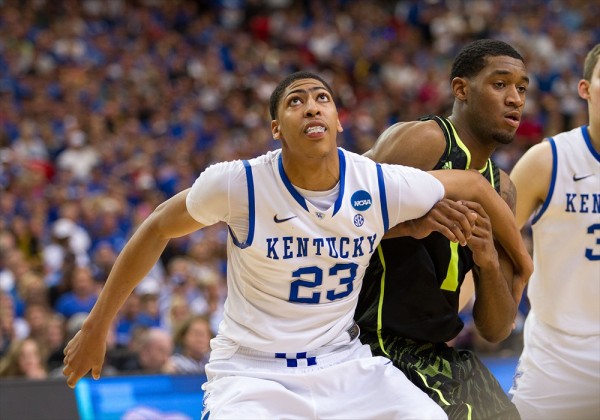

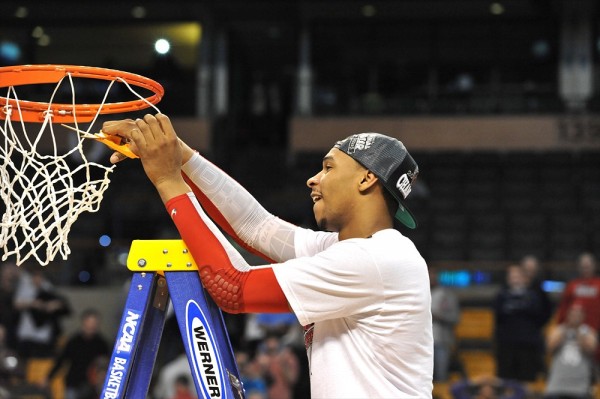
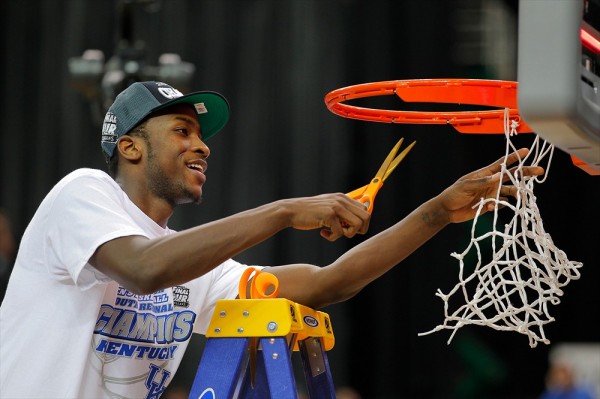
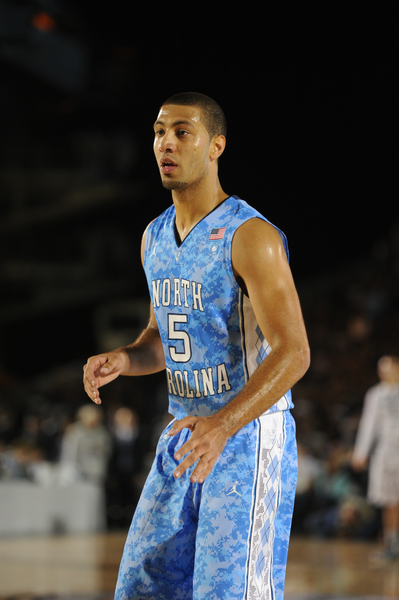
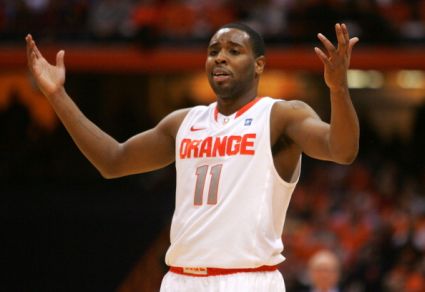
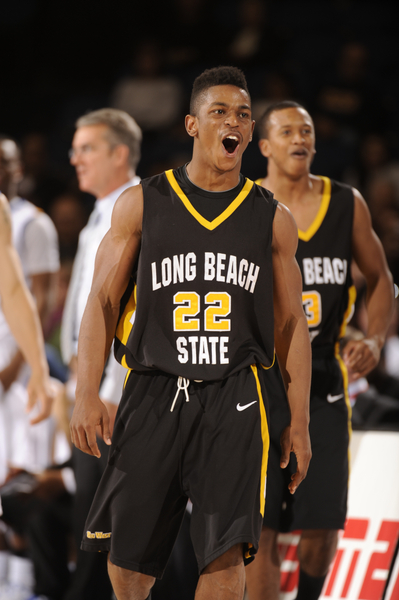

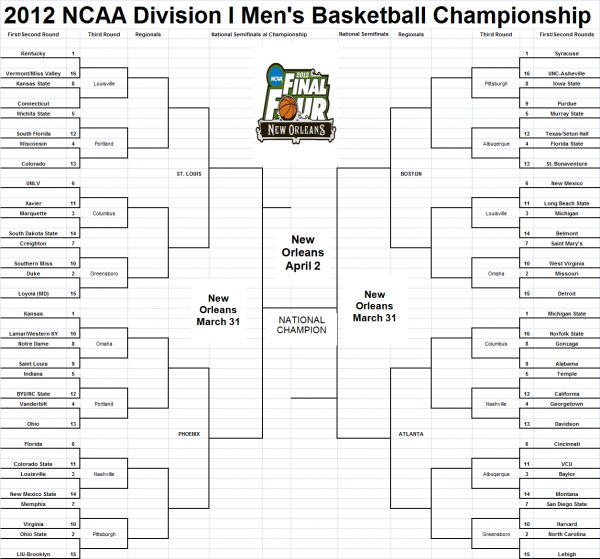
 Automatic bids: Vermont, St. Bonaventure, Florida State, Belmont, Missouri, Louisville, Montana, UNC-Asheville, Michigan State, Long Beach State, VCU, Memphis, Detroit, Harvard, Loyola (MD), Ohio, Norfolk State, Creighton, New Mexico, LIU Brooklyn, Murray State, Colorado, Lehigh, Vanderbilt, Davidson, Lamar, Mississippi Valley State, Western Kentucky, South Dakota State, Saint Mary’s, New Mexico State.
Automatic bids: Vermont, St. Bonaventure, Florida State, Belmont, Missouri, Louisville, Montana, UNC-Asheville, Michigan State, Long Beach State, VCU, Memphis, Detroit, Harvard, Loyola (MD), Ohio, Norfolk State, Creighton, New Mexico, LIU Brooklyn, Murray State, Colorado, Lehigh, Vanderbilt, Davidson, Lamar, Mississippi Valley State, Western Kentucky, South Dakota State, Saint Mary’s, New Mexico State.











